PROTECTING THE ENVIRONMENT, PRESERVING TRADITIONAL VALUES
One day at the end of the month, we went to Long Binh commune, Dong Thap province, where there are two hundred-year-old banyan trees that have just been recognized as Vietnam Heritage Trees. Under the dense, green canopy in the dry, sunny weather, the locals still consider this a "sacred tree" associated with many memories of life, and also a witness to many historical changes.
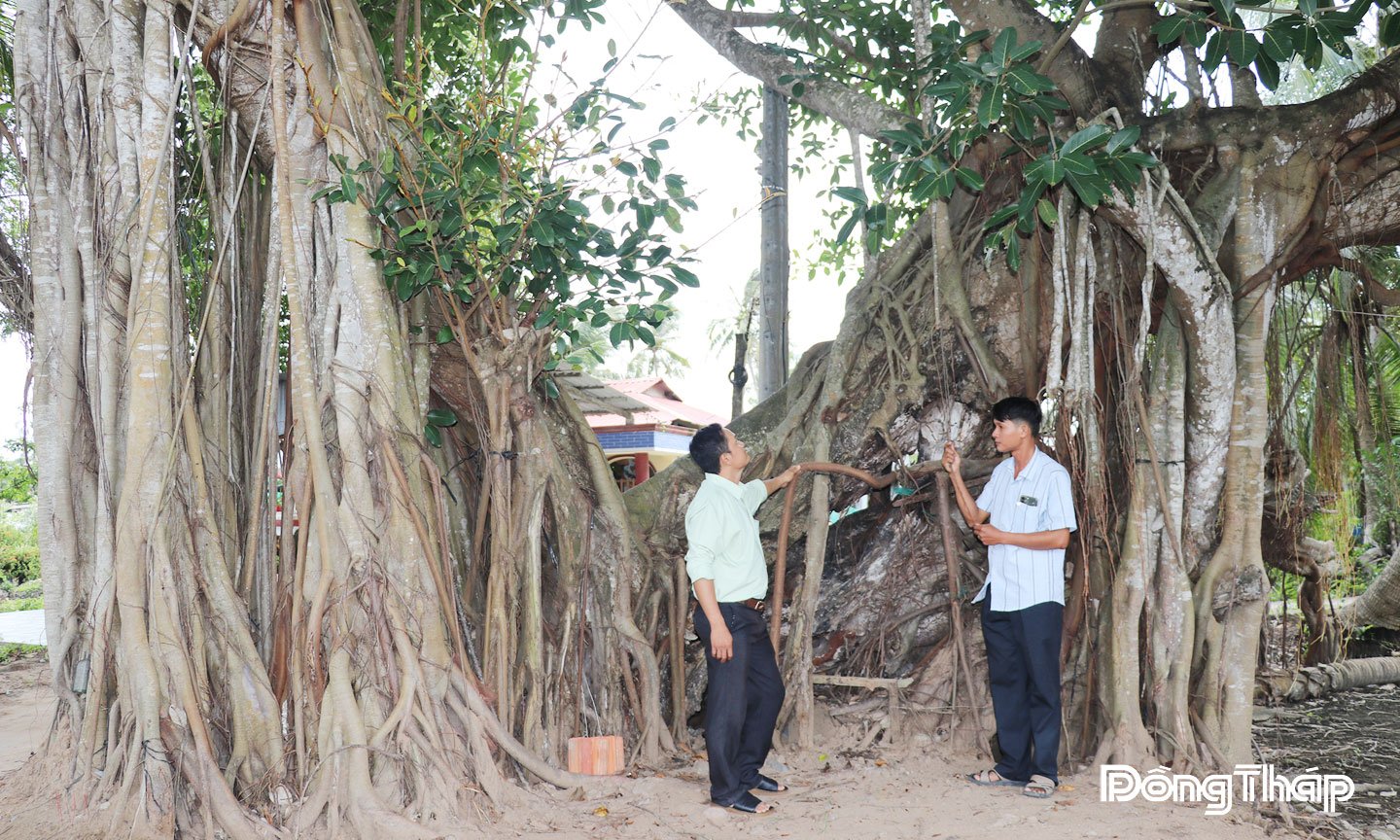 |
| Heritage Tree in Long Binh commune, Dong Thap province. |
At Binh Luong Trung communal house, Thuan Tri hamlet, an ancient banyan tree over 300 years old stands tall next to the moss-covered communal house roof. The tree is about 25 m high, with a circumference of up to 5 m, and took root around 1715. Mr. Nguyen Huu Duc, Head of Thuan Tri hamlet, Long Binh commune, recounted: “According to historical records, during the storm of the year Giap Thin (1904), the sea level rose, and people in the surrounding area flocked to this banyan tree for shelter.
Amidst the movements of modern life, the heritage trees in Dong Thap still silently protect and quietly “tell” old stories. The story of the trees is also the story of the land and people of Dong Thap, a hard-working but simple, loyal and proud place. Dong Thap province currently has a total of 8 ancient trees recognized as Vietnam Heritage Trees, including 3 banyan trees, 2 tram trees, 1 sop tree, 1 khe tree and 1 star fruit tree, each tree is a quiet but profound symbol of nature and indigenous culture. |
Not only a shelter from natural disasters, the banyan tree is also associated with history in the resistance war against the French. The enemy twice cut down the main trunk of the tree (in 1947 and 1950), but the secondary roots and canopy continue to grow and stay green to this day.
Recently, in June 2025, the banyan tree of Binh Luong Trung communal house was recognized as a Vietnam Heritage Tree by the Vietnam Association for Conservation of Nature and Environment. Also in Long Binh commune, in Long Thoi hamlet, the 300-year-old banyan tree in the grounds of Ong pagoda has just been recognized as a Vietnam Heritage Tree. After a fierce war, the main tree trunk was damaged by bombs and mines, but the branches and secondary roots have formed 3 new roots, with a canopy covering more than 1,500 m2 .
Sharing with us, Mr. Nguyen Van Hoang, a local resident, said that during the resistance war against French colonialism and American imperialism, Ong Pagoda and the banyan tree were shelters and meeting places for revolutionary soldiers. Once, artillery hit and injured 8 people.
Currently, the tree is still flourishing, and people still believe that this is a sacred tree, and every year they hold solemn ceremonies to worship it. “Every year, at Ong Pagoda, people hold three ceremonies on January 13, May 13, and June 24 (lunar calendar). In particular, the ceremony in January is often very large, attracting people from all over to offer incense, watch opera, and dance with ram xoi, becoming a typical cultural activity of the people here,” Mr. Hoang added.
Vice Chairman of Long Binh Commune People's Committee Chau Anh Vu said: "We are very proud that in the area there are 2 trees recognized as Vietnam Heritage Trees. The locality is making efforts to preserve, maintain and plan to become a spiritual tourist area, both protecting the environment and preserving traditional values for future generations."
“LIVING HISTORY” OF THE SOUTHERN LAND
Leaving Long Binh commune, we continued to learn about the ancient trees bearing the mark of time in Cao Lanh ward. In the Nguyen Sinh Sac relic site, there are 2 ancient trees (a 287-year-old star fruit tree and a 326-year-old sop tree) still providing shade next to the tomb of the Vice President. These are the first 2 heritage trees of Dong Thap province (formerly) to be recognized according to the criteria of the Vietnam Association for Conservation of Nature and Environment.
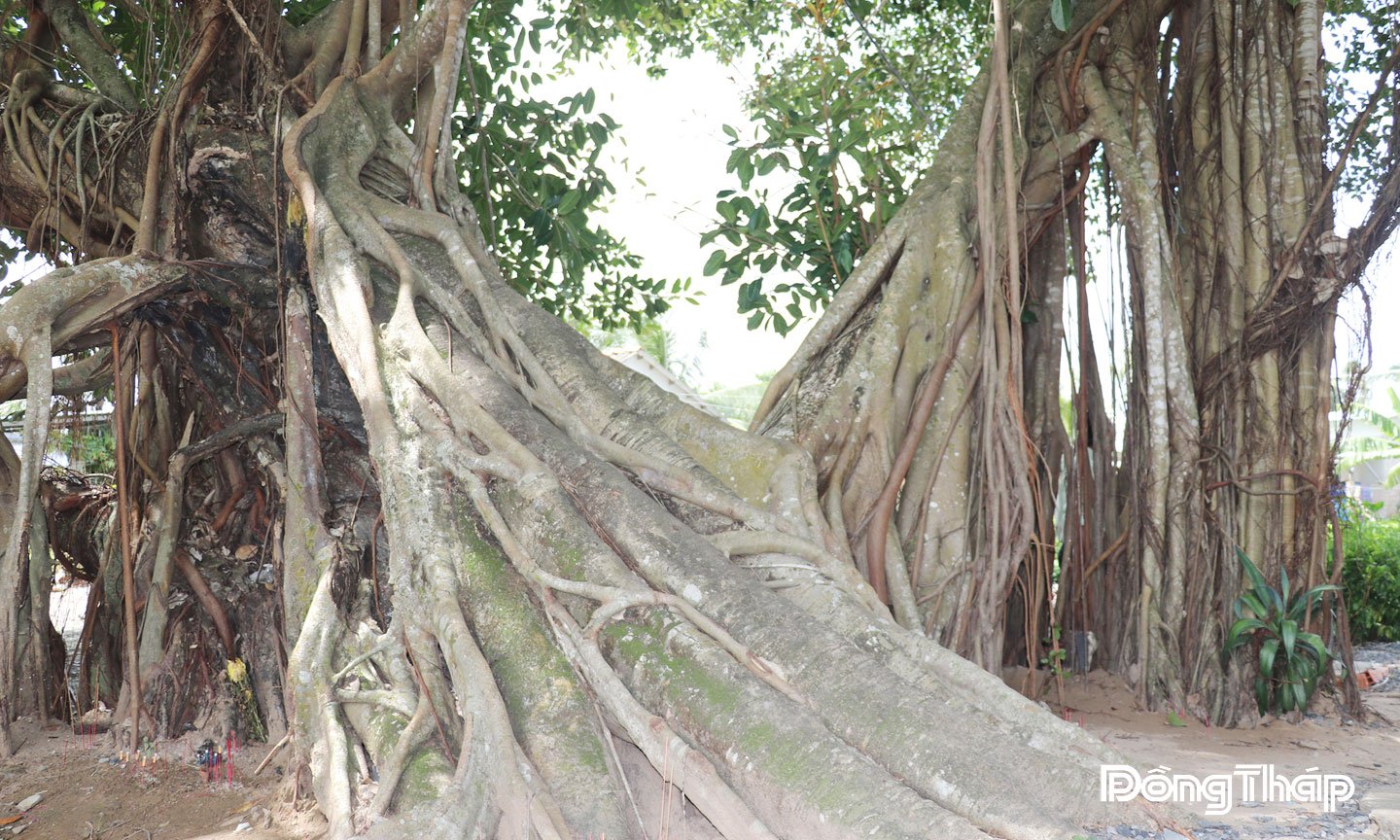 |
According to the recorded documents, both trees were respectfully donated to the relic site in 1977 by Mr. Ngo Van Hay (also known as teacher Ky), a native of Tan Hung village, Sa Dec, out of admiration and gratitude to the Vice-Chancellor. Nearly half a century has passed, but the leaves are still green, stretching out to protect as a living symbol of gratitude, of the uninterrupted flow of history for nearly 3 centuries in the Southern land.
Regarding the Go Thap National Special Relic Site, the over 100-year-old ancient tree has also been honored as a Vietnam Heritage Tree since 2015. The tree is about 25 m high, with a base circumference of over 8 m, with a large canopy that shaded part of Go Thap Muoi (part of the Go Thap Relic Site). In the quiet space of the relic, the tree is like a historical witness silently marking the layers of "memory alluvium", reminding of the days of fighting to preserve the sacred land of Thap Muoi.
Heritage trees in the province are all naturally grown trees, 200 years old or more, with unique shapes, large stature, not only biological value, but also cultural, historical, and spiritual elements associated with community life. All levels and functional sectors of Dong Thap province always strive to preserve and conserve heritage trees as a way to maintain biodiversity, protect the landscape and environment, and improve the quality of life and culture for the people.
In the context of increasingly complex climate change, the preparation of dossiers to propose the recognition of ancient trees as heritage trees is becoming more urgent. Chairman of the Tien Giang Ornamental Plants Association (formerly) Pham Van Chinh said that when honored as Vietnam Heritage Trees, ancient trees will receive more care and attention, contributing to spreading public awareness in protecting nature and combating the increasingly evident impacts of climate change.
Not only biological symbols, heritage trees are also destinations with educational and research value. Recognizing and preserving heritage trees is to create more space for students, students, and tourists to come and learn, study, and practice science; at the same time, helping the younger generation to understand more deeply about their homeland's traditions.
Heritage trees are not just trees, but memories, living history of the Southern land and in that journey, each citizen today is the "tree planter" for future generations, with appreciation, preservation and sharing.
V. METHOD
Source: https://baoapbac.vn/van-hoa-nghe-thuat/202508/dong-thap-giu-gin-cay-di-san-giua-nhip-song-hien-dai-1047841/





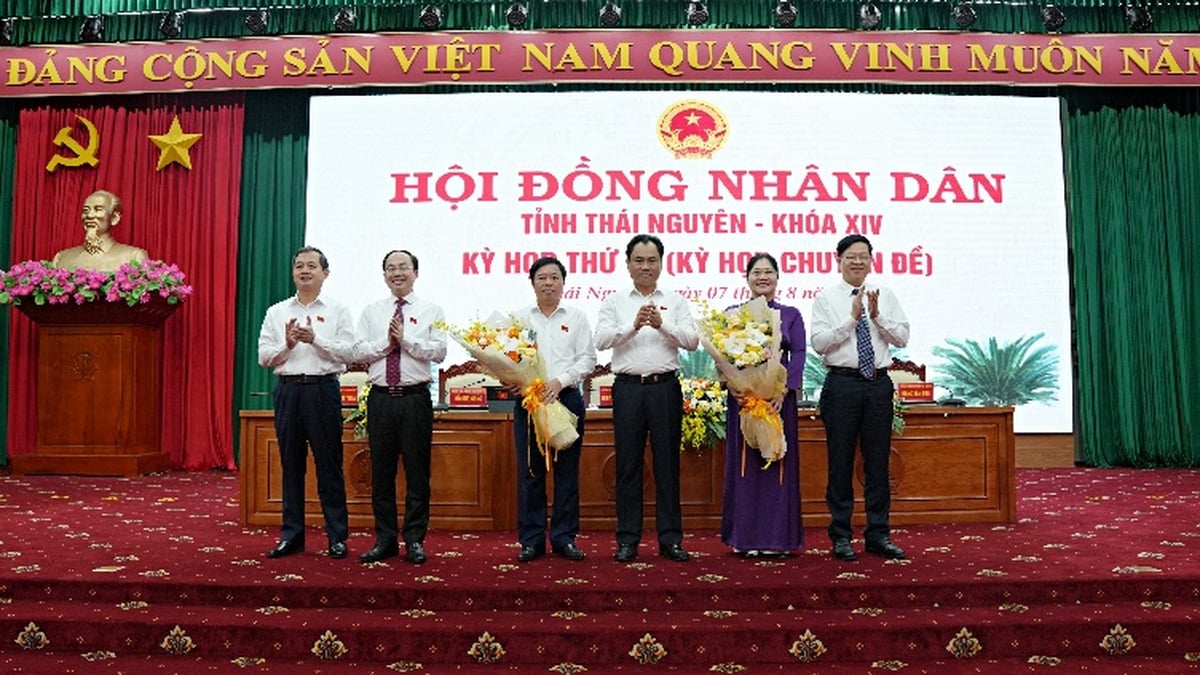

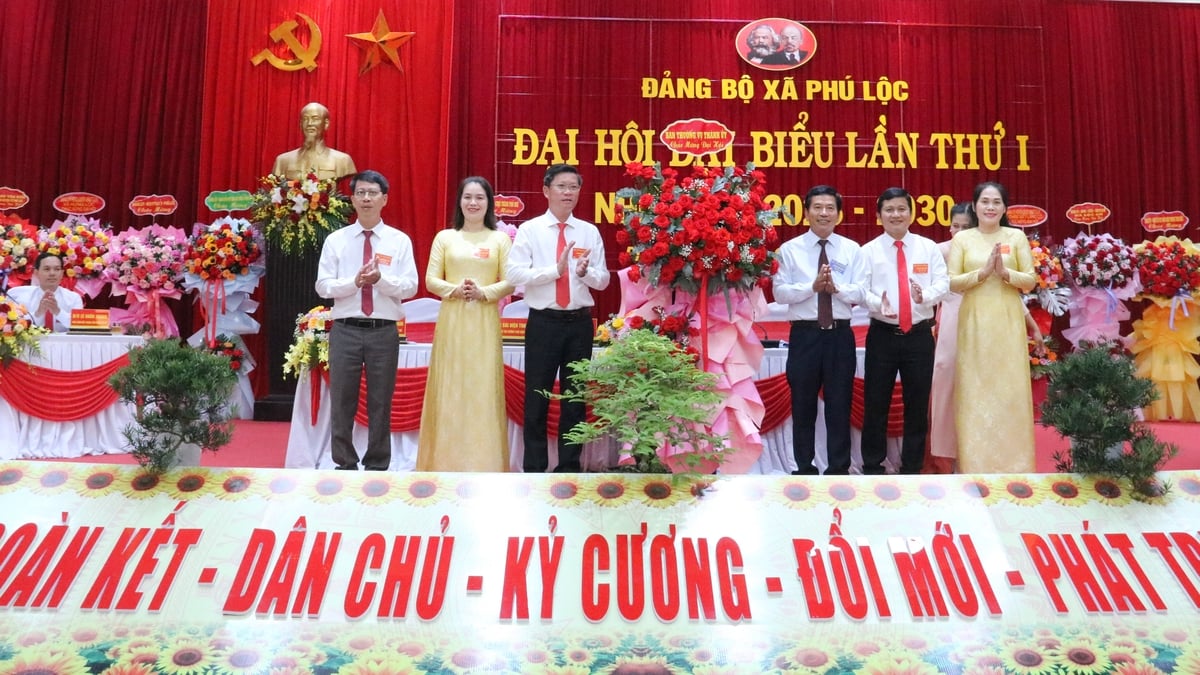


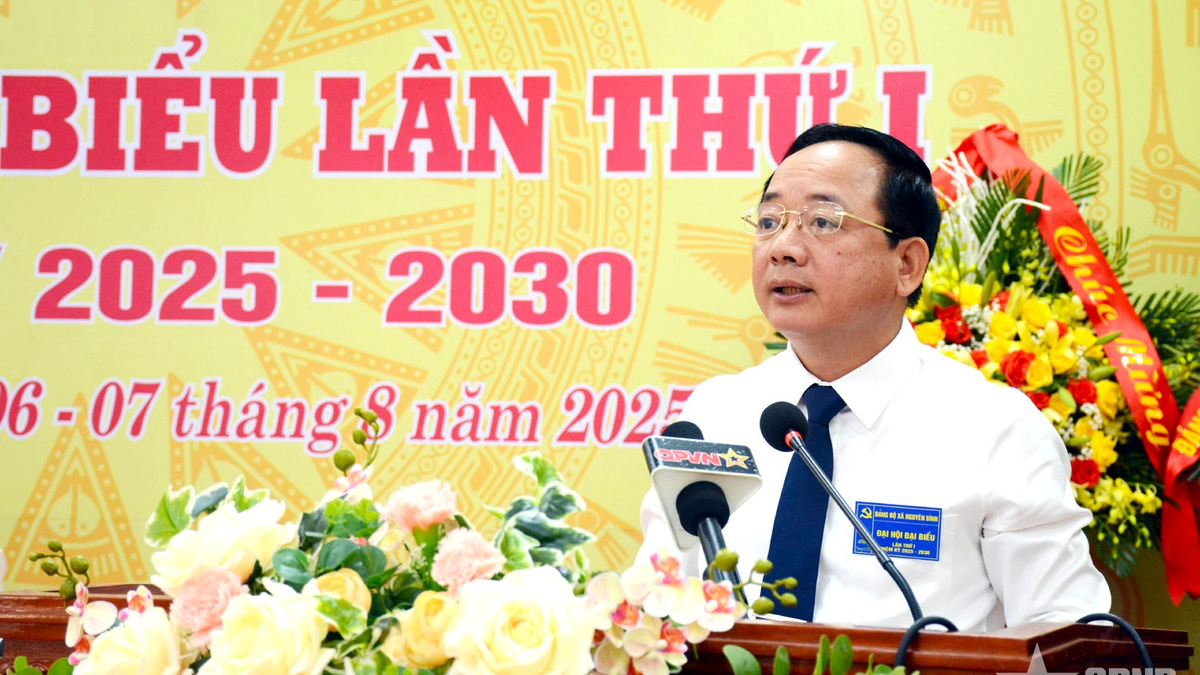
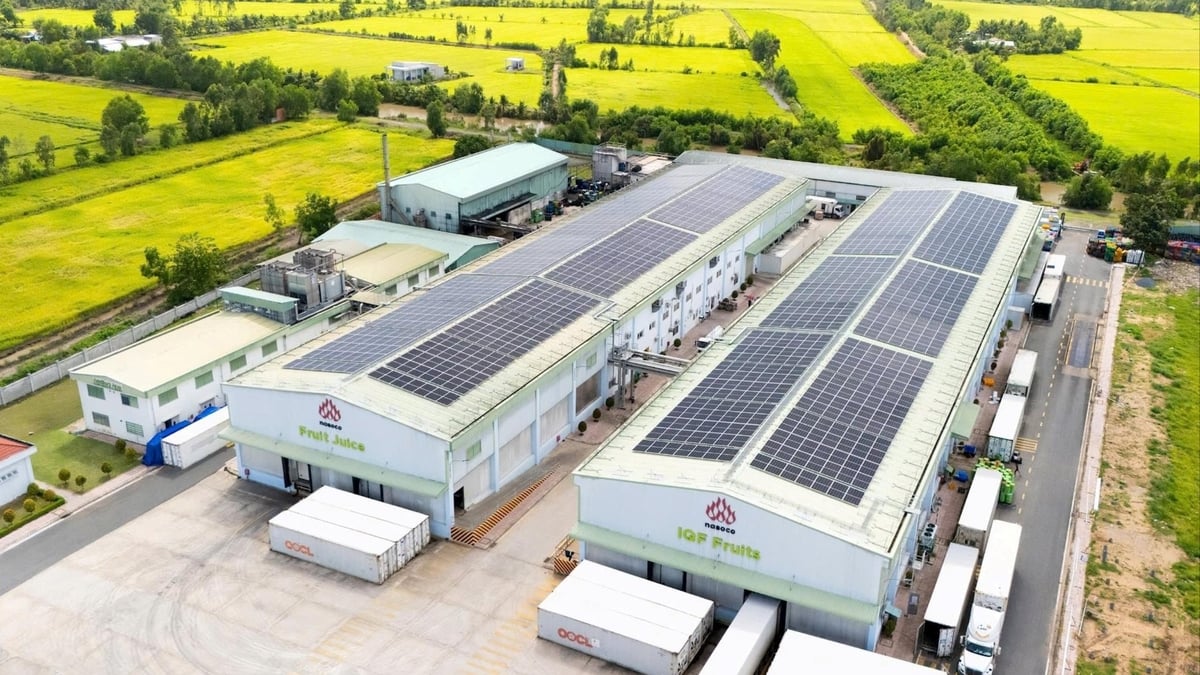














![[Photo] Discover the "wonder" under the sea of Gia Lai](https://vphoto.vietnam.vn/thumb/1200x675/vietnam/resource/IMAGE/2025/8/6/befd4a58bb1245419e86ebe353525f97)
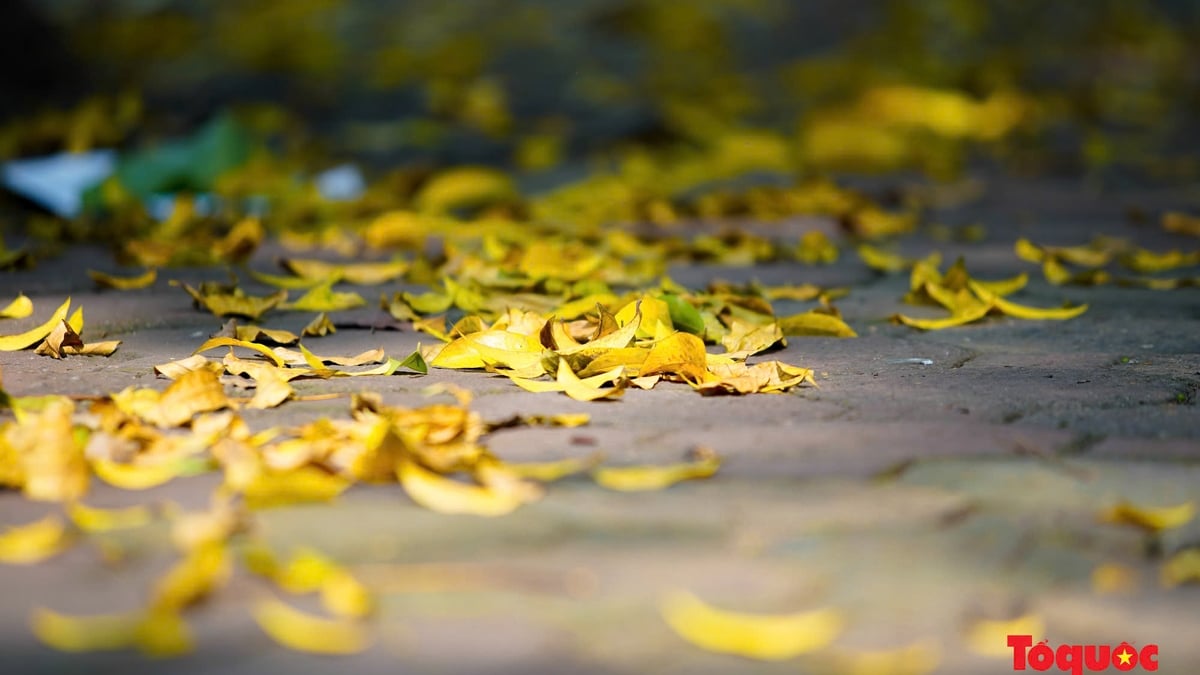

![[Photo] Nghe An: Provincial Road 543D seriously eroded due to floods](https://vphoto.vietnam.vn/thumb/1200x675/vietnam/resource/IMAGE/2025/8/5/5759d3837c26428799f6d929fa274493)




























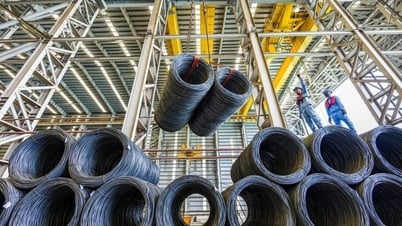
















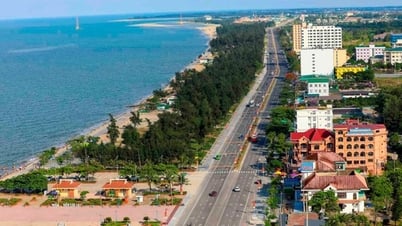




















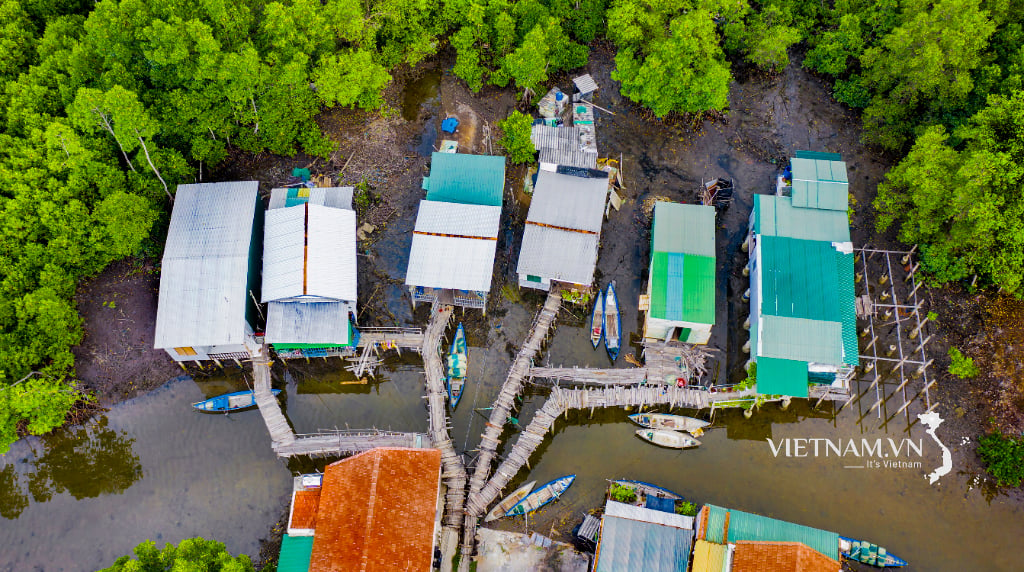
Comment (0)